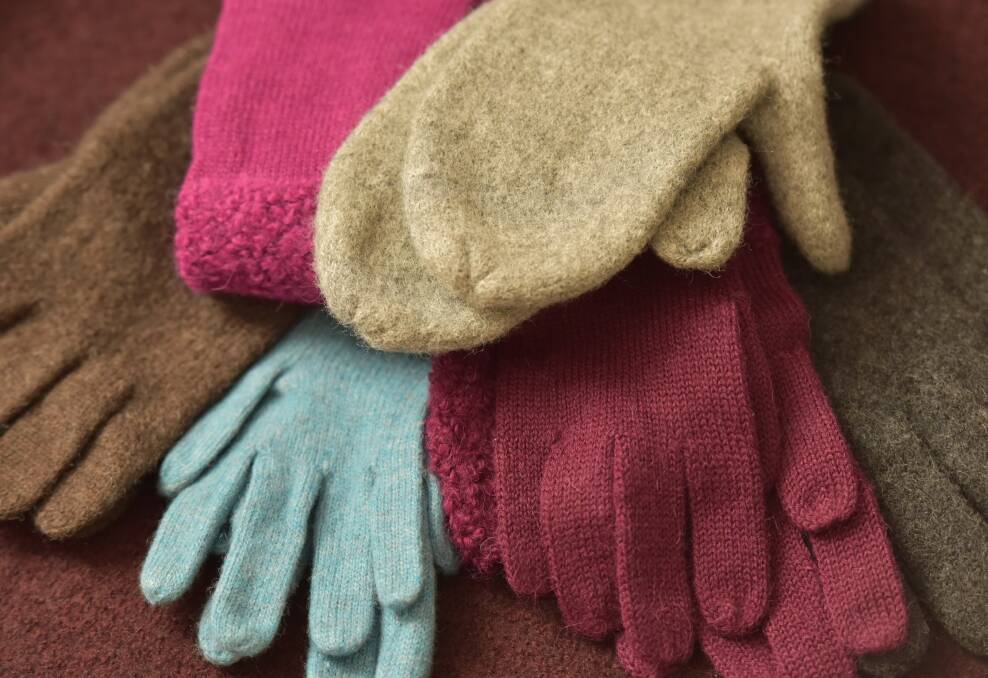A practical, non polluting way of reducing energy wastage in winter, which is simple and effective, is to take advantage of your body's own heat engine.
Your body's natural warmth is just like a heating element that can be put to good use to provide a comfortable environment, provided that the heat is not allowed to radiate away. Put on a jumper or other clothes, or more blankets on the bed, rather than switching on the heater or an electric blanket. You will soon adapt to the cooler temperature inside your home, and you won't feel as great a shock when you venture out.
The Chinese are well aware of this principle and wear energy saving layers of clothing to stay warm in winter. There's never been enough fuel to squander in China, so people have learnt to get along extremely well in cooler homes and public buildings by dressing in energy- efficient clothing. They wear cotton underwear, woollen 'overclothing' on their upper and lower bodies, and then a heavy cotton suit.
Although they may not be dressed for style, they are certainly dressed for warmth and comfort. The most efficient, lightweight insulating garments we can wear are ones made from natural materials such as wool and cotton. Padded jackets and quilts insulate your body from feeling the cold by trapping a layer of air between the fabric and your skin. Your body's heat engine then takes over. The most effective of all natural materials is goose down, because it 'breathes' when sewn between layers of fabric in clothing or bedding. It transfers body moisture to the outer surface of the fabric, where it evaporates. A 'down quilt' on your bed will not only keep you comfortably warm in the most frigid of conditions, but will ensure that there's no energy drain or increase in your electricity bill. To warm your feet and hands put on a cap. A woollen cap or beanie is also a must both indoors and outdoors in cold weather. If your head is cold, your feet, hands and the rest of your body will also be cold. Blood is pumped up to warm the head at the expense of reduced flow - and reduced warmth - to other parts of the body. Shoes should also be waterproofed before wearing them in cold and wet wintery weather.


